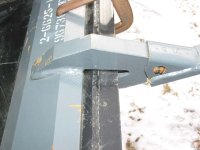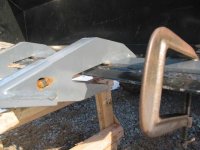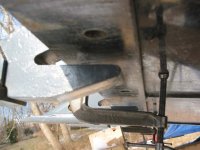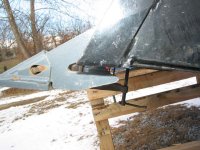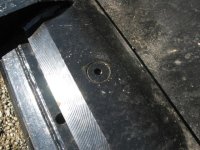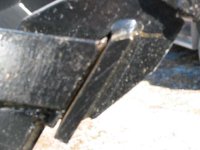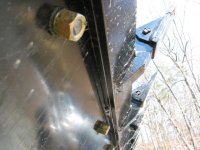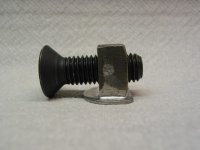Anonymous Poster
Epic Contributor
- Joined
- Sep 27, 2005
- Messages
- 29,678
Picture 1
The FEL has a heavy-duty bucket, but it still isn't suitable for aggressive digging. I purchased a heavy-duty toothbar thinking that it was going to be a good solution. The complaints were that it did not fit well against the factory knife edge. As you can see, the fit looks normal from the top.
The FEL has a heavy-duty bucket, but it still isn't suitable for aggressive digging. I purchased a heavy-duty toothbar thinking that it was going to be a good solution. The complaints were that it did not fit well against the factory knife edge. As you can see, the fit looks normal from the top.
